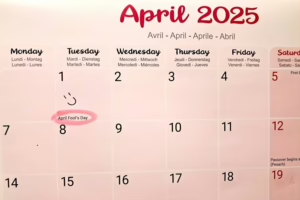According to a new study, it will take 40 more years for the UK gender pay gap to be closed if progress is maintained at the current pace.
Isio’s research, which is based on over 10,000 organisations and their data, suggests that wage equality may not be reached until 2065.
Isio analyzed publicly available data for more than 10,000 companies and found that women earn on average 12.5% less than men per hour. Idio claims that this is the “lowest pay gap” since mandatory reporting began. Reporting is mandatory only for companies with over 250 employees. This makes it difficult to quantify the gender pay gap.
The Hidden Gap
According to government statistics, in 2023 61% of all private sector employees worked for SMEs. These companies are not required by law to disclose their gender pay gap. The Global Payroll Association’s (GPA) recent research, which analysed ONS data for average salary and gender gap, shows that the UK’s gender gap actually widened in 2024 . However there are regional differences.
This indicates a larger gender pay gap among companies with fewer than 250 workers, which are not required to report it. Isio discovered that among those organisations who reported, nearly 23 percent either did not improve or worsened their gender pay gap. There were also disparities across sectors.
Over 85 percent of employers reported gaps greater than 10 percent in the financial and insurance sector. Construction, information and communications, mining, and the science sectors also have notable pay gaps, with more than 70% of companies reporting hourly wage gaps exceeding 10%.
Public administration and the defence sector, on the other hand, are leading in efforts to achieve pay equality. In these sectors, less than a quarter report pay gaps of more than 10%. This shows a more equal distribution of salaries.
New Regulations
Employers will be under more pressure to reduce pay disparities with the new reporting requirements. Organizations must now publish detailed action plans for closing the gender pay gap along with additional reporting obligations regarding ethnicity and disabilities.
To meet the regulations, employers will have to concentrate on transparent reporting and accurate data collection. Isio identified several key pitfalls for Gender Pay Gap Reporting from 2023/24. These include errors like failing to exclude employees that left before the reporting deadline, inaccurate reporting of part-time worker’s earnings, and mistakes when calculating bonuses.
Mark Jones, Reward and Benefits Partner, Isio, said: “The introduction mandatory reporting was a positive step and set a good precedent for employers who are determined to take more action.” Employers who are proactive embed diversity and inclusion in their core business strategy and take concrete steps to close gaps by improving transparency and developing action plans beyond current reporting requirements.



